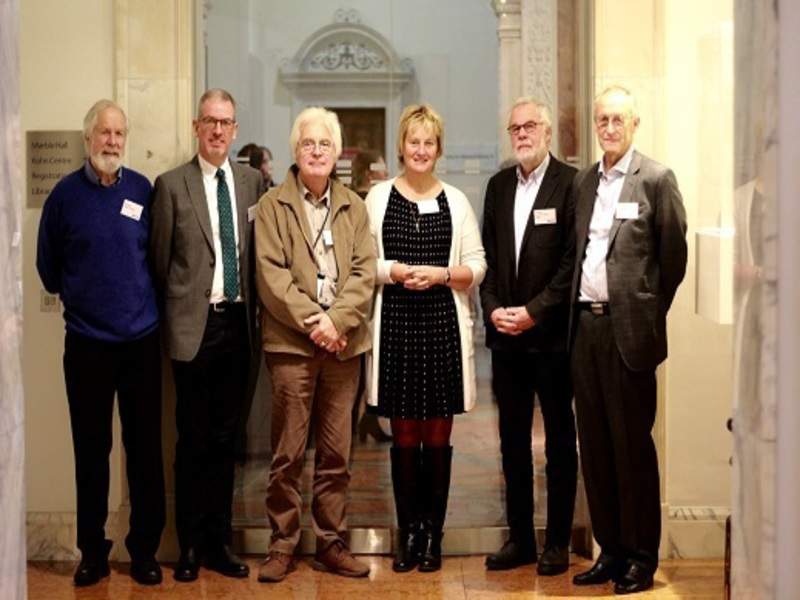
UK-based independent scientific academy The Royal Society has held a ‘Science Day’ to understand the influence of man-made offshore structures on the marine environment.
The event witnessed participation from 80 researchers, academics and industry representatives who assembled to discuss the latest research findings from the UK and European institutions.
The studies represent a part of the culmination of the first phase of the INSITE Programme, which is an oil and gas industry-sponsored joint industry project (JIP) developed by an Independent Scientific Advisory Board (ISAB).
Under the programme, private companies signed up to broaden scientific knowledge of the impact of man’s activity on the ecology of the North Sea, with the existing oil and gas infrastructure reaching the end of its working life and the entry of several new offshore windfarms.
The foundation phase of the exercise runs for two years, with further studies expected to develop a targeted programme of marine research in the field.
It is understood that around 98.5% of the North Sea is composed of a sandy and muddy seabed, against the greater proportion of hard substrate that was identified in the past.
How well do you really know your competitors?
Access the most comprehensive Company Profiles on the market, powered by GlobalData. Save hours of research. Gain competitive edge.

Thank you!
Your download email will arrive shortly
Not ready to buy yet? Download a free sample
We are confident about the unique quality of our Company Profiles. However, we want you to make the most beneficial decision for your business, so we offer a free sample that you can download by submitting the below form
By GlobalDataThe hard substrate is believed to have supported greater biodiversity of the marine ecology.
According to the JIP, man-made structures such as offshore platforms and pipelines are believed to have played a role in increasing biodiversity.
However, there is no significant historic precedence of research focused on such effects.
The focus of the project’s foundation phase is centred on two areas, with the first targeting the establishment of the spatial and temporal extent of the effects of man-made structures, while the second will determine the extent of their connectivity.



